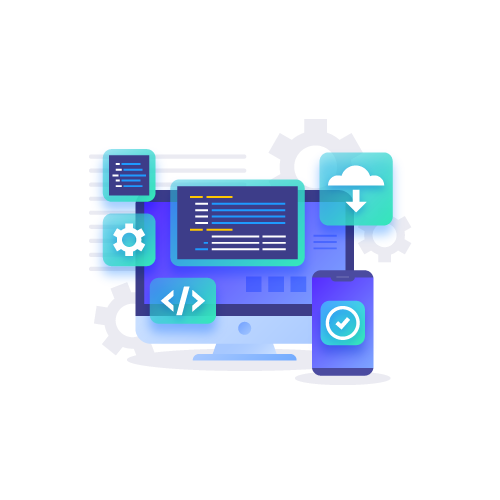
Suitable for you
-
INTRODUCTION TO BACK-END WEB DEVELOPMENT
Learn about the role of back-end developers and the technologies they use to build and maintain websites and web applications.
- Understanding the role of a back-end developer and the technologies used in back-end web development
- Learning the basics of server-side programming languages such as JavaScript, Python, and Ruby
- Familiarizing oneself with common back-end frameworks and databases such as Express.js, Ruby on Rails, and MySQL.
-
SETTING UP DEVELOPMENT ENVIRONMENT
Installing and configuring a local development server; setting up a version control system (e.g., Git); and installing and configuring a database management system (e.g., MySQL, PostgreSQL)
- Installing and configuring necessary software and tools for back-end web development, such as text editors, version control systems, and development servers.
- Setting up local development environments for different operating systems, including Windows, Mac, and Linux.
- Learning best practices for managing dependencies and libraries, and maintaining a consistent development environment across teams.
-
FUNDAMENTALS OF SERVER-SIDE PROGRAMMING
Learn the foundations of a server-side programming language, including setting up a development environment, writing and running code, and working with data structures and control structures.
- Understanding the concepts of server-side programming and how it differs from client-side programming
- Learning the basics of server-side languages, such as JavaScript, Python, and Ruby, and their syntax, data types, and control structures
- Familiarizing oneself with common server-side frameworks, such as Express.js, Ruby on Rails, and Django, and their usage in building web applications
-
WORKING WITH DATABASES
Gain the skills to create and alter tables, execute queries, and manipulate data in a database.
- Understanding different types of databases and their use cases, such as relational databases, NoSQL databases, and in-memory databases.
- Learning how to design and structure databases, including creating tables, defining relationships, and normalization.
- Familiarizing oneself with SQL and how to use it to perform CRUD operations, querying, and indexing data in a database.
-
WEB SERVERS and APIs
Learn about web servers and how they work to deliver web content to users. They will also learn about APIs (Application Programming Interfaces) and how to build and use them to allow different applications and systems to communicate with each other.
- Understanding the role of web servers and how they handle client requests and deliver responses
- Learning the basics of building and consuming APIs, including RESTful principles, endpoints, and HTTP methods
- Familiarizing oneself with common web server technologies, such as Apache, Nginx, and IIS, and learning how to configure and deploy web applications to these servers
-
CONNECTING DATABASE TO SERVER
Acquire the knowledge to incorporate a PostgreSQL database into your applications.
- Understanding the principles of database connection and communication with a server-side application
- Learning how to establish a connection to a database using server-side languages and frameworks
- Familiarizing oneself with best practices for managing database connections, such as connection pooling and handling errors in the connection process.
-
DEPLOY A SERVER
Learn how to create an API using Node, Express, PostgreSQL and deploy it.
- Understanding the process and requirements for deploying a web server and web application
- Learning how to set up and configure a production environment, including web servers, databases, and security considerations.
- Familiarizing oneself with different deployment options, such as cloud-based hosting, containerization, and Virtual Private Servers (VPS) and how to choose the best option for a specific application and use case.
-
PORTFOLIO PROJECT DEVELOPMENT
Apply the skills and knowledge learned in previous lessons to build a complete back-end portfolio project.
- Understanding the process of creating a portfolio project and the importance of showcasing one’s skills and experience
- Learning how to plan, design, and build a portfolio project that highlights one’s expertise in back-end web development
- Familiarizing oneself with best practices for documenting, testing, and deploying a portfolio project and how to present it to potential employers or clients
